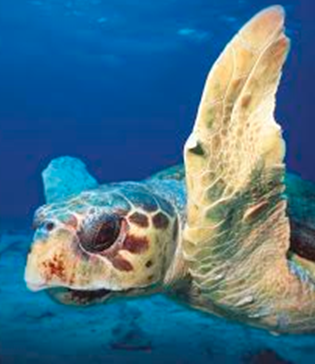Speaker
Mr
Carlos Cáceres
(Research Group on Ecology and Biogeography (GIEB). Department of Biology, Faculty of Basic Sciences, University of Pamplona, Norte de Santander. Colombia.)
Description
Regionally, it have not been carried out specific research on the state of Tremarctos ornatus and their habitat in the NNP Tama located in northeastern Colombia, we evaluated the occupation, habitat availability and threats of T. ornatus in order to undertake strategies suitable for preservation. To assess the availability and occupation, 24 quadrants were traced each one of 9 Km2 and 3 linear transects of 1.8 km, distributed from 300 to 3,500 meters. The habitat sustainability index (HSI) was used to determine the availability and quality of habitat for the spectacled bear in the study area. The structure of the vegetation was characterized to generate a list of available resources. Besides, to identified individuals we installed camera traps RM45 y Reconyx HC500, Bushnell Trophy Cam, and Primos Truth Cam in 64 stations. On the other hand, sampling effort was 1,392 man hours and 89,712 trap nights, from June 2012 to April 2015. We recorded 2,234 indirect traces of the presence of T. ornatus (feeders, droppings, tracks, footprints, claws, brand-remarks, climb-brand, hair and nests), whereby a potential distribution model was built recorded, it was analyzed the diet and habitat use by the species. Current and potential threats were characterized; among which is hunting, deforestation, pollution, invasion of protected area and presence of feral species. Moreover we reported the intake of synthetic polymers by T. ornatus and other mammalian species, indicating the effect of threats and their impact on local mastofauna also dominates the selective sporty hunting and subsistence of this and other species, making it an urgent priority to generate strategies for wildlife conservation at a local and regional level.
Key words: Threats, Camera trap, Conservation, Occupation, Tremarctos ornatus.
Author
Mr
Carlos Cáceres
(Research Group on Ecology and Biogeography (GIEB). Department of Biology, Faculty of Basic Sciences, University of Pamplona, Norte de Santander. Colombia.)
Co-authors
Prof.
Aldemar Acevedo
(Research Group on Ecology and Biogeography (GIEB), Department of Biology, Faculty of Basic Sciences, University of Pamplona, Norte de Santander. Colombia.)
Prof.
Roberto Sánchez
(Herbarium Catatumbo Sarare. Department of Biology, Faculty of Basic Sciences, University of Pamplona, Norte de Santander. Colombia.)

